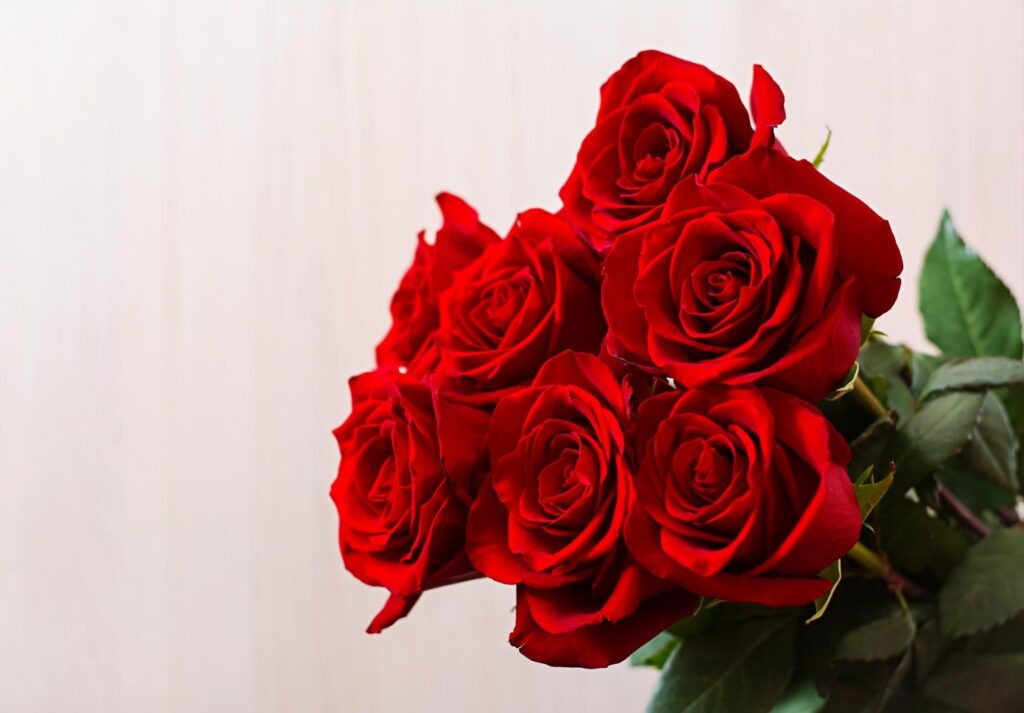Amid the lush tapestry of wedding ceremonies, flower arrangements emerge not only as elements of decor but as star characters of an age-old narrative. One cannot help but be captivated by the sight of a bride making her way down the aisle, her dress flowing behind her and in her hands, an elegant bouquet of flowers. But have you ever paused to ponder the genesis and the profound symbolism of this delicate ensemble of blooms?
A Tapestry Woven in Petals: The Origins of the Bouquet
When tracing back to ancient times, the origin of brides carrying bouquets was much less about romance and much more about practicality. In eras where baths were a luxury, carrying herbs, spices, and yes, flowers, was a way to ward off any unpleasant odors. Think of it as nature’s early perfume – a bouquet of fragrant offerings to mask the more human scents of the times.
However, flowers also had a deeper purpose. The blooms selected were often chosen for their symbolic meanings. For instance, in Ancient Rome, brides carried bunches of herbs to signify fidelity and fertility, laying the foundation for what would evolve into a more floral tradition.
Flowers: Nature’s Language of Love
To understand the choice of flowers in bridal bouquets, one must dive deep into the heart of botany. Picture a forest. In it, every tree stands tall, every shrub has its place, and every flower tells a tale. Similarly, each flower in a bridal bouquet is not just a pretty face but has a voice and a story.
For example, the inclusion of roses, arguably the most common flower in bridal bouquets today, resonates with deep love and respect. Daisies symbolize innocence and purity, while lilies stand for the return of happiness. Each flower, like an author’s word choice in a novel, is carefully curated to convey a specific message.
The Dance of Colors: A Palette of Emotions
The color of the bouquet adds another layer of meaning. White, representing purity and innocence, has been a staple color for bridal bouquets. However, other colors have danced their way into the tradition, each with its own unique symbolism. Red speaks the language of deep passion and love, while blue whispers promise of loyalty and trust.
A bride might opt for a monochromatic bouquet, symbolizing a focused emotion, or a multicolored one, painting a complex palette of feelings and intentions.
Bouquets Beyond Borders: A Global Perspective
This flower-bearing tradition spans across many cultures, albeit with variations. In India, for instance, instead of a bouquet, a bride might be seen with a haar, a garland of flowers symbolizing unity and acceptance, which the couple exchanges during the ceremony.
In Sweden, it’s not uncommon to see brides sewing small pockets of strong-smelling herbs like garlic, chives, and rosemary into their wedding gowns, harking back to those ancient traditions of warding off spirits.
Modern Interpretations: Evolution of the Tradition
In the modern world, where trends change faster than seasons, the tradition of the bridal bouquet has seen a beautiful evolution. Beyond mere aesthetics or age-old practices, many brides now choose their bouquets based on personal memories and stories. A tulip might remind a bride of her first date with her soon-to-be spouse, or sunflowers might bring memories of summers spent together.
A Blossoming Tale
In conclusion, while the bridal bouquet tradition began as a practical solution and a protective shield, it has blossomed into a deeply personal and symbolic aspect of weddings. Each petal, color, and arrangement tell a story—a tale of love, commitment, and a bright future ahead. So, the next time you find yourself at a wedding, take a moment to admire the bouquet. Behind its beauty lies a rich tapestry of history, emotions, and tales waiting to be told.




